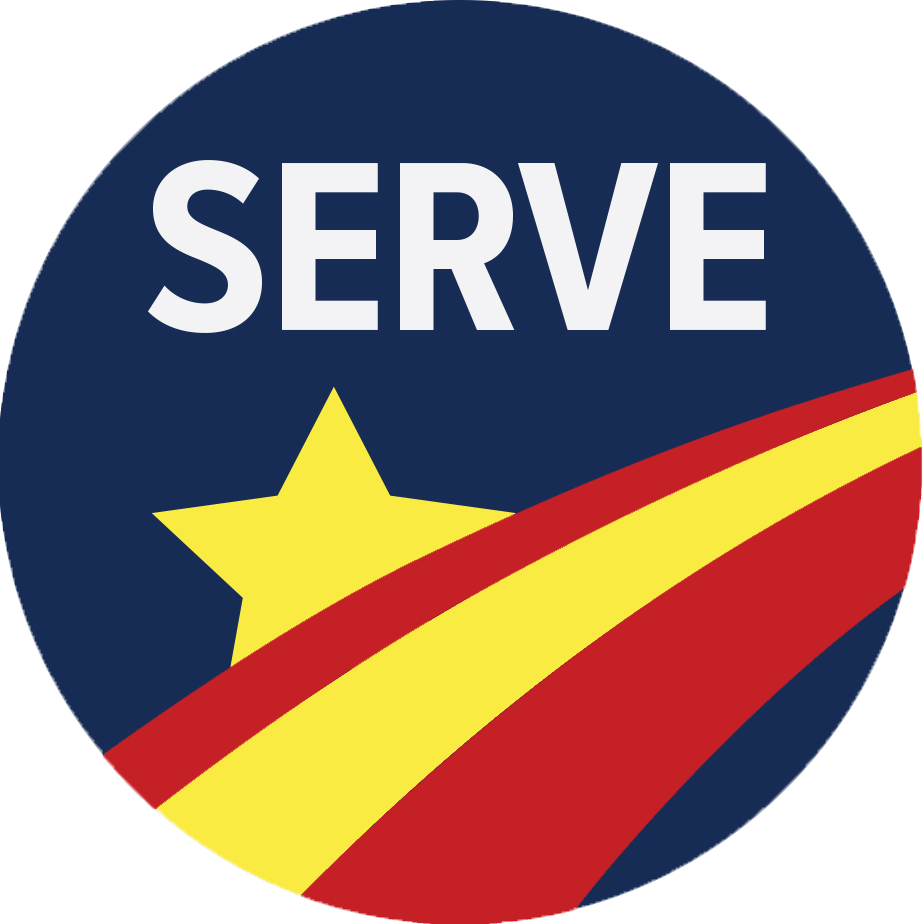
Katie is an AmeriCorps VISTA member serving as the Fund Development Specialist with Yavapai CASA for Kids Foundation.
It’s getting close to being ~spooky season~ here at Yavapai CASA for Kids Foundation (YC4KF), which means it’s almost time for the annual Costumes for Kids 5K Fun Run! This year’s 5th annual 5K fundraiser will allow the Foundation to continue supporting local children in foster care through a variety of programs. However, before we can have a successful 5K, we need to plan – A LOT. As a VISTA along for the 5K planning ride, I’ve learned a lot from watching my superstar supervisor plan such an important event for the Foundation. In the spirit of serving, I’d love to share some planning tips I’ve learned along the way.
- Know Your Goal
When you’re planning a fundraising event, the first thing you need to determine is your goal. How much money do you want to raise? What are you fundraising for? What type of vibe or ambiance do you want to create? Are you doing this event for as many years as possible, or will it be a one-time thing? Having a goal and planning for the future in mind will help you stay focused on what matters most.
- Money, Money, Money
The time-old saying, “money doesn’t grow on trees” couldn’t ring more true, especially in the fundraising world. You’ve got to work within your budget. One way to build rapport within your community and increase your capacity to put on a great event is to search for sponsorships. Sponsorships can come from local businesses, organizations that support similar causes, and/or other types of stakeholders.
- Establish Roles in the Planning Team
Once you’ve determined who’s involved in the planning process, you need to establish clear roles within the group. Will someone be the primary solicitor of sponsorships? Who will be in charge of marketing? Which person will work with the necessary people to set up a 5K route? Who is responsible for putting together supplies? A planning team must have clear goals for who will do what, so that everyone has their own mission in putting together the event.
- Find Participants
Putting in the hard work to put on an event without participants is about as useful as a fish with a bicycle. It is so important to do your marketing research for your community! Does your target market of participants respond better to social media posts, flyers, newspaper prints, word-of-mouth, or TV advertisements? Are you promoting the event with enough time for people to sign up and attend? Be sure to think about special interest groups that would be invested in your event! For example, if you’re hosting a 5K, invite running groups. If you’re putting on a gala, find groups that relate to your cause. Simple internet searches and asking around can help you more than you’d think!
- Track E V E R Y T H I N G
Make sure that you keep regularly updated notes on the planning process. If a sponsor says they’ll get back to you on a certain date, be sure to write that down so you won’t forget what they said. Keep these notes in a place that people involved can regularly access. My suggestion is utilizing a shared drive like Google Drive or SharePoint. This way, it’s also easy to access when you forget details when you want to plan the event for future times. Additionally, you won’t be in your role forever! If the event you plan is recurring, the next person in your role can take what you’ve done and build from there. Don’t make people reinvent the wheel!
- Review and Revise
After the event, get together with the event committee and review what went well and what went poorly. This allows you to brainstorm methods to fix what didn’t work for the next time. Furthermore, knowing what worked will help you try to model that for other aspects of event-planning and build upon that for the next time!
